10 Terms to Know Before Buying a Staircase
Are you planning to order a turnkey staircase or do you want to build a structure on your own? In both cases, you will need to have a minimum knowledge of staircase building. To meet the current staircase building regulations in UK, you will definitely need to understand some terms.
It’s no secret that staircase terminology contains many obscure words or phrases. That’s why, in this article, we want to tell you about ten terms that you will definitely need before buying a staircase. We will explain them in simple words so that even beginners can easily understand this topic.
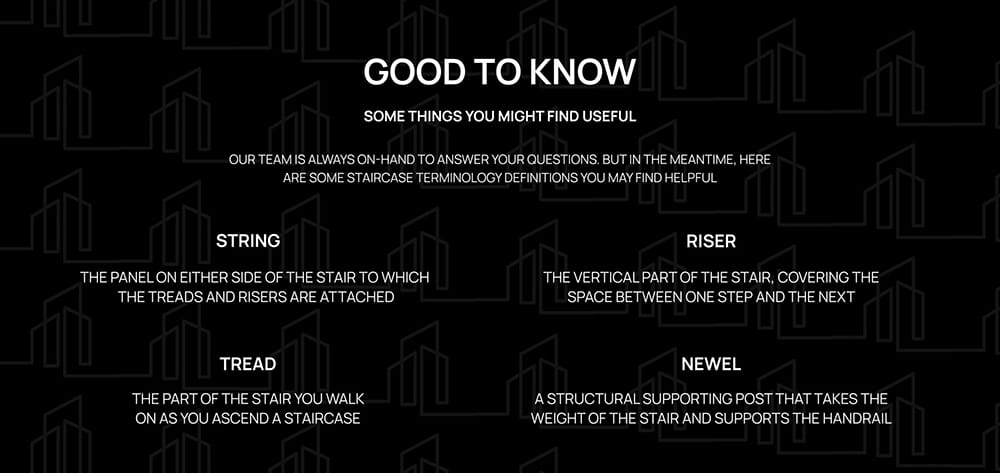
Types of Staircases
Before we get into the staircase vocabulary, we want to talk about the staircase types. Some people are used to installing template versions of stairs that are straight from bottom to top. However, if you want to make the design truly unique, you can choose one of the popular staircase types:
- Floating. When you look at a floating staircase, you feel like the steps are just flying in weightlessness. This is a popular option where different materials can be combined.
- Helical. Many people associate helical staircases with luxury, especially natural stone staircases.
- Spine. Spine staircases are considered an affordable and reliable option. They are characterised by a central spine, which is the core of the entire structure.
- Zig-Zag. In zig-zag staircases, the steps look unreal, which is their main feature.
What form of staircase to choose in 2025? The answer to this question depends on your requirements, room size, interior design, and many other factors. In the V.P Stairs blog, we have collected many useful articles that will help you make the final choice.
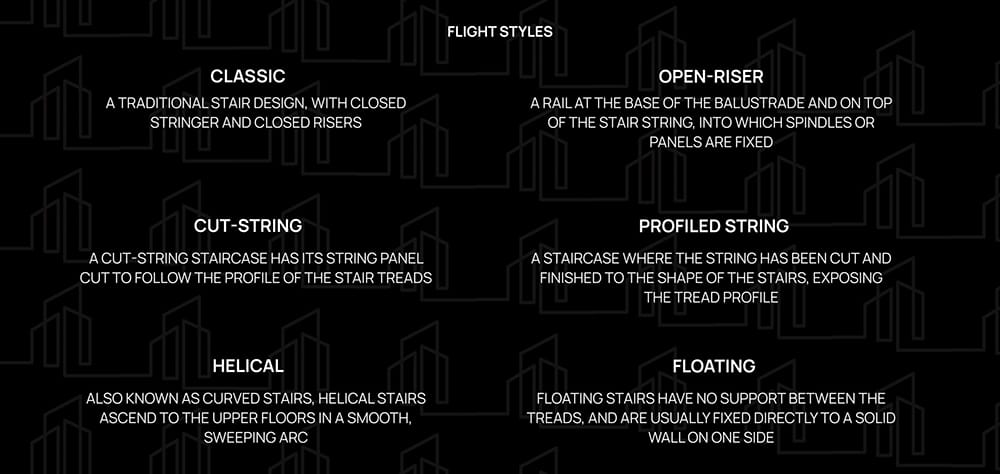
1. Steps
Obviously, the main element of any staircase is the steps. They can be different and consist of different materials. They are united by the fact that they are designed for safe movement of feet between floors.
2. Balustrade
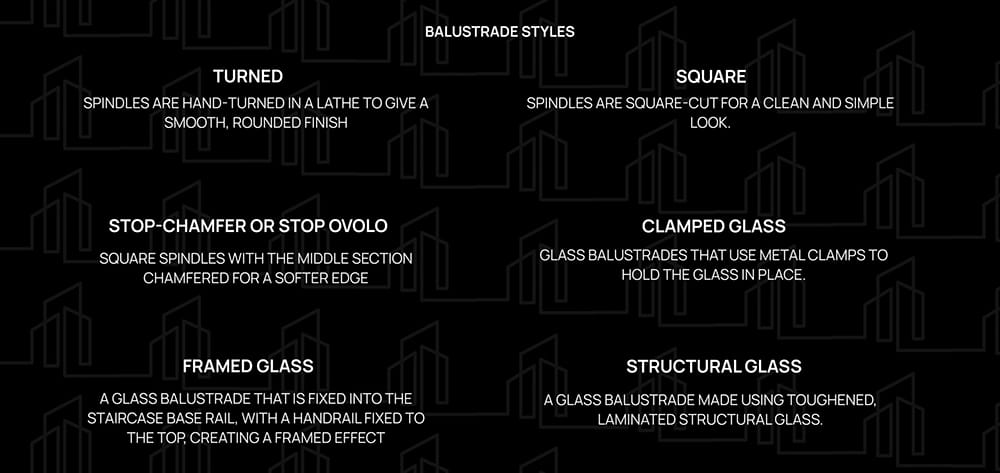
A balustrade is the protective barrier along the edge of a staircase. Simply speaking, it’s a full construction made up of a series of small columns that support a handrail. It serves both a decorative and functional purpose by preventing falls. Balustrades can vary in style, from traditional wooden designs to modern glass panels. When choosing a balustrade, consider the overall aesthetic of your space and how much visibility you want between the levels of your home. In the V.P Stairs portfolio you can find many projects with unique balustrades.
3. Baluster
A baluster is the individual post or pillar that supports the handrail in a balustrade. These are often made of wood, metal, or stone and are spaced evenly along the staircase or balcony. Balusters come in various designs, ranging from classic-turned styles to sleek, contemporary metal options.
4. Handrail
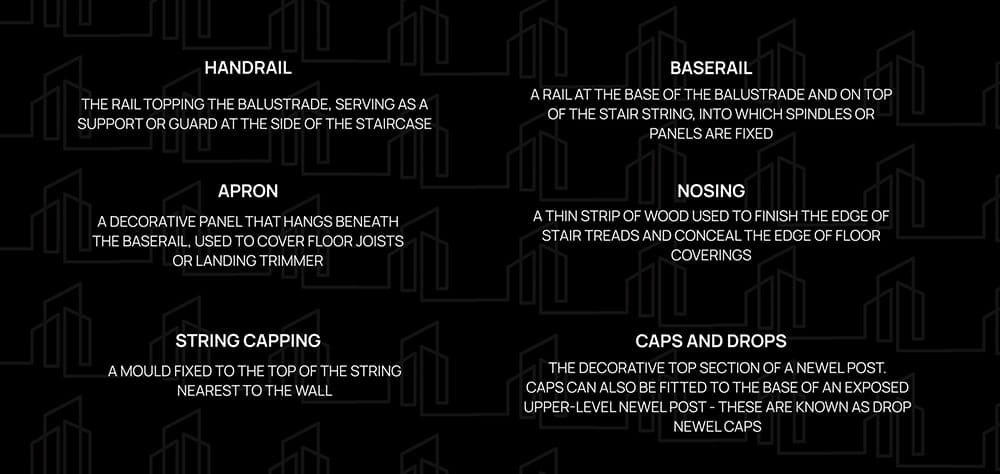
The handrail is another element of full construction (balustrade). This staircase part provides support for people ascending or descending the staircase. It can be made from various materials, such as wood, metal, or glass, and is typically attached to the wall or supported by balusters. The height and shape of the handrail should be comfortable for users of all heights. When installing a handrail, ensure that it is sturdy and easy to grip to promote safety.
5. Landing
A landing is kind of platform or resting area on a staircase, usually found between flights of stairs. It provides a space for people to pause and regain their balance before continuing up or down. Landings can also serve as a decorative feature, where space for artwork or plants is created. Not all staircases have this component. We recommend installing a ladder in staircases where there are many steps or in cases where the staircase is used by children or old people.
6. Nosing
Nosing consists of the protruding edge on each step that makes the tread continue past the riser. The appearance of stairs gets better while the foot finds enhanced safety from the additional landing surface that nosing creates. It can be in different forms, round or square.
7. Rise
Each step’s vertical dimension stands as the rise, which specifies its height relative to the preceding step. A staircase functions best as an accessible pathway when the rise receives appropriate consideration because it ensures user comfort along with safety. Professional standards define a stair step height to measure between 160 and 180 mm depending on functional requirements and available installation space.
8. Going
The horizontal dimension of each step comprises going measurements that represent the depth of the tread. When stairs have a greater going distance the foot finds better comfort because it obtains more surface area to land. Most staircases feature 220 mm depth between steps. However, these numbers might differ according to staircase design needs.
9. Triplex Glass
Triplex glass refers to a type of laminated glass that consists of three layers, offering extra strength and safety compared to the regular option. It is often used in balustrades or stair treads, providing a sleek, modern look while ensuring safety in high-traffic areas. For example, in the Teddington House A project, you can see what triplex glass is all about. In this staircase, the glass balustrade is perfectly combined with the soaring steps.
10. Frame
In the context of staircases, a frame refers to the structural skeleton that supports the entire staircase. It can be made from metal or concrete, depending on the design and the building’s requirements.
Where to Find Professional Staircase Builders in the UK?
Now you know the list of must-have terms that will be useful before buying a staircase in the UK. If you want a comprehensive staircase construction service for your private or commercial property, you should look at the experts at V.P Stairs.
We have been in the business of building staircases from scratch for several years now, providing a turnkey service. This means that our company takes care of all responsibilities and tasks, guaranteeing high quality and reliability. It all starts with a free consultation where we understand your vision and discuss the details of the project.
2 Comments
-
Toby Barker
This is exactly the kind of glossary I wish I’d had before my first meeting with a builder. Knowing what “going”, “riser”, “stringer” and “landing” actually mean makes it much easier to check whether everyone’s on the same page during planning.
Comments are closed.

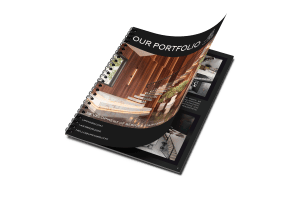
Jacob Thomas
Even though I am well versed in staircases, some of the terms were really a revelation to me. Thanks for the detailed explanations of the terms!